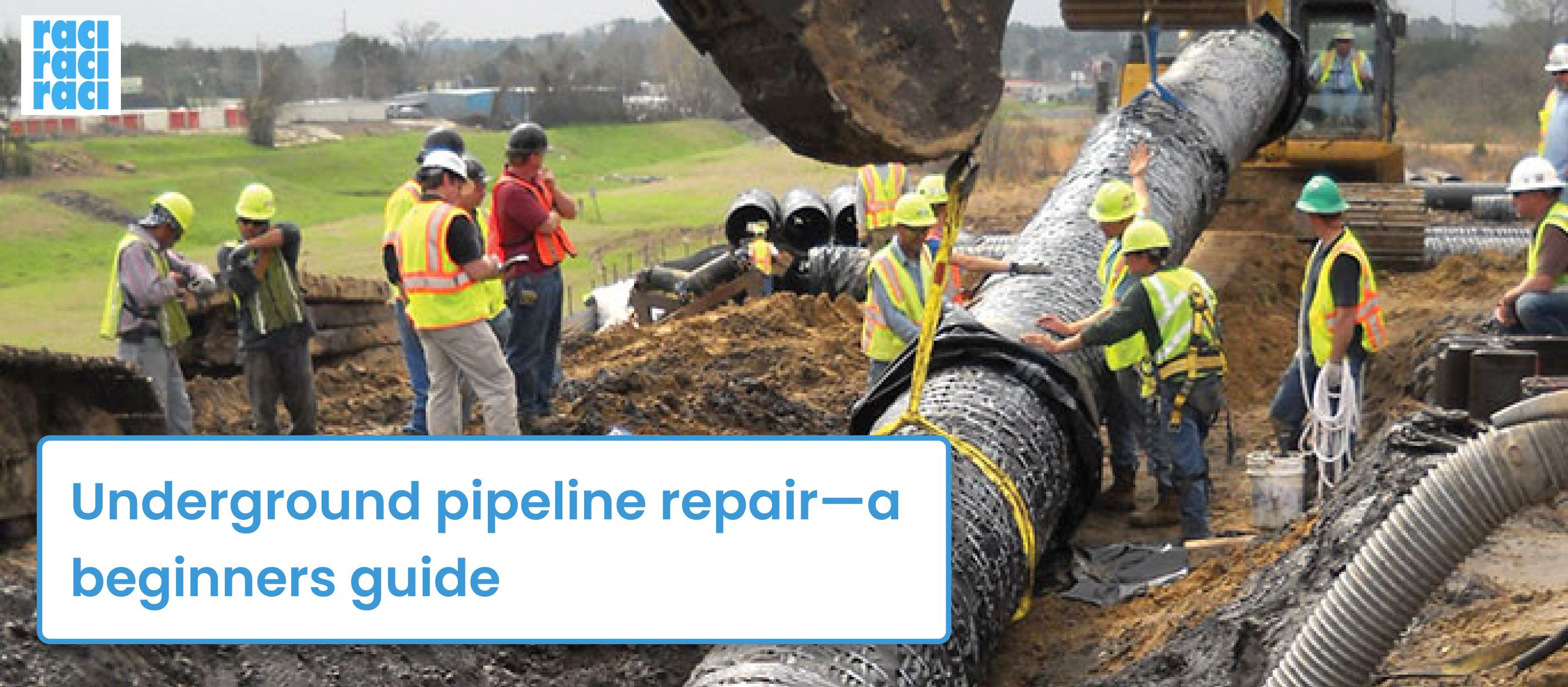Identifying the possibility of a leak or a defect in the gas or oil pipeline installation plays an important role. There are thousands of gas and oil pipelines all over the world, and these pipelines carry hazardous and highly flammable material, which is why a simple leak can damage both the environment and people if it goes unnoticed.
Finding the leak is not the end of the story; knowing how to get the oil or gas pipeline rehabilitation done at the right time in the right way is also crucial. Check out the below guide, on how to plan and execute underground pipeline leak repairs.
Step 1: Identify the reason for gas or oil pipeline installation repair.
Despite technological advancements, pipelines can deteriorate because they run for a long time and eventually need an underground pipeline leak repair.
-
Mishandling during the time of pipeline transportation.
-
Manufacturing defect.
-
Improper laying during pipeline installation.
-
Natural or climatic reasons like corrosion, extreme climate, or extreme temperature changes.
-
Fluctuation in internal pressure in the pipeline.
-
A link seal may fail to keep out particles from entering a pipeline that passes through a barrier.
Step 2: Detecting leak in pipeline installation.
Before starting the rehabilitation, one must detect the leak. An analysis of the site helps identify potential problems.
-
Locating the leak.
-
Examine the site to understand the nature of the leak.
-
Evaluate the extent of the damage.
-
Evaluate the possible impairments or disputes that may occur.
-
Examine the site's accessibility.
-
Determine if the repair is urgent.
Step 3: Methods of oil or gas pipeline rehabilitation.
The industry standards recognize three repair methods that can be used for pipeline rehabilitation.
-
Type A Sleeve repair: Two halves of a steel cylinder are welded together, enclosing the damaged section.
-
Type B sleeve repair: Sleeve ends are fully encircled and welded to the pipe with fillet welds.
-
Hot tap section: This is performed by cutting into a pipeline or drilling a hole, then welding and using a bolt-on clamp to remove it.
Step 4: Choosing the right repair method.
To determine a repair method, take into account its limitations and do the feasibility study.
-
Level of the defect.
-
Does it need repair or replacement?
-
Size of the area that is affected.
-
Availability of material and resources.
-
Regulatory requirement.
Step 5: Preparing before repair.
Here are some of the steps to be followed while preparing for gas or oil pipeline rehabilitation:
-
Get the complete details of the defective pipeline including the material type.
-
Find out how old the pipeline is and its current condition.
-
What was the accurate reason for the failure?
-
Review the exact external dimensions of the pipeline to be repaired.
-
Mark the dimensions of the replacement pipeline and/or the repair fittings on the pipeline.
-
Arranging the availability of the resources and material.
-
Putting up signs indicating the repair.
Post the gas or oil pipeline rehabilitation, proper testing should be done before restoring the function. With the Primus Line® system, RACI offers trenchless rehabilitation of pipelines. Repairing underground pipelines using this method is fast and cost-effective.




.png)